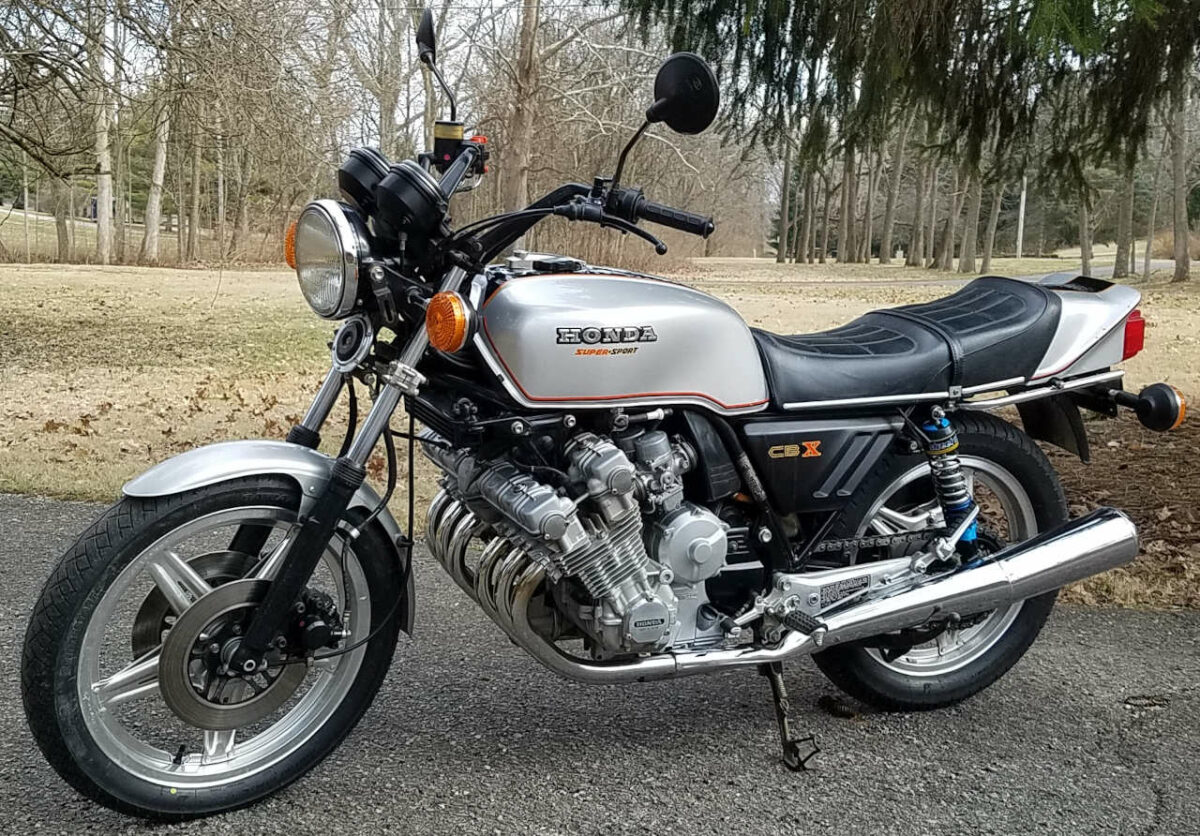Congratulations on taking the plunge into the world of vintage motorcycles! Here’s an outline to guide you in selecting the perfect first project bike:
1. Be Honest About Your Skills and Tools:
- Mechanical experience: Assess your comfort level with mechanical tasks. Are you okay with basic maintenance or a full engine rebuild?
- Tools and workspace: Do you have a dedicated workspace and basic tools (wrenches, screwdrivers, sockets)? Bigger projects might require specialty tools.
2. Prioritize Availability and Affordability:
- Budget: Set a realistic budget for the motorcycle itself, parts, and potential repairs.
- Availability: Consider how easily you can find the specific model you want. Less common bikes might mean harder-to-find parts and higher prices.
- Parts availability: Research how readily parts are available for your chosen model. Forums and online parts suppliers can be helpful resources.
3. Choose a Brand and Style:
- Japanese vs European:
- Japanese: (Honda, Yamaha, Suzuki, Kawasaki) Generally more reliable, plentiful parts, good for beginners.
- European: (Triumph, BSA, Norton, Moto Guzzi) Often require more expertise, parts can be scarce and expensive.
- Style: Consider your riding preference. Café racers, cruisers, scramblers all offer unique riding experiences.
4. Running vs. Non-Running:
- Running condition: Easier to assess the overall health of the bike, but might be pricier.
- Non-running: Potentially cheaper, but could require significant mechanical work. Choose a non-running bike only if you’re comfortable with troubleshooting.
5. Additional Tips:
- Start simple: A common, reliable model with good parts availability is ideal for a first project.
- Condition over looks: A complete bike with a rough exterior is usually better than a partially dismantled “beauty.”
- Join online communities: Forums dedicated to your chosen brand or style can offer invaluable advice and support.
- Get a pre-purchase inspection: For non-running bikes, consider a professional inspection to avoid hidden problems.
Remember: This is a starting point. Research specific models, compare prices, and don’t be afraid to walk away from a bad deal. The perfect first project bike is out there waiting for you!
